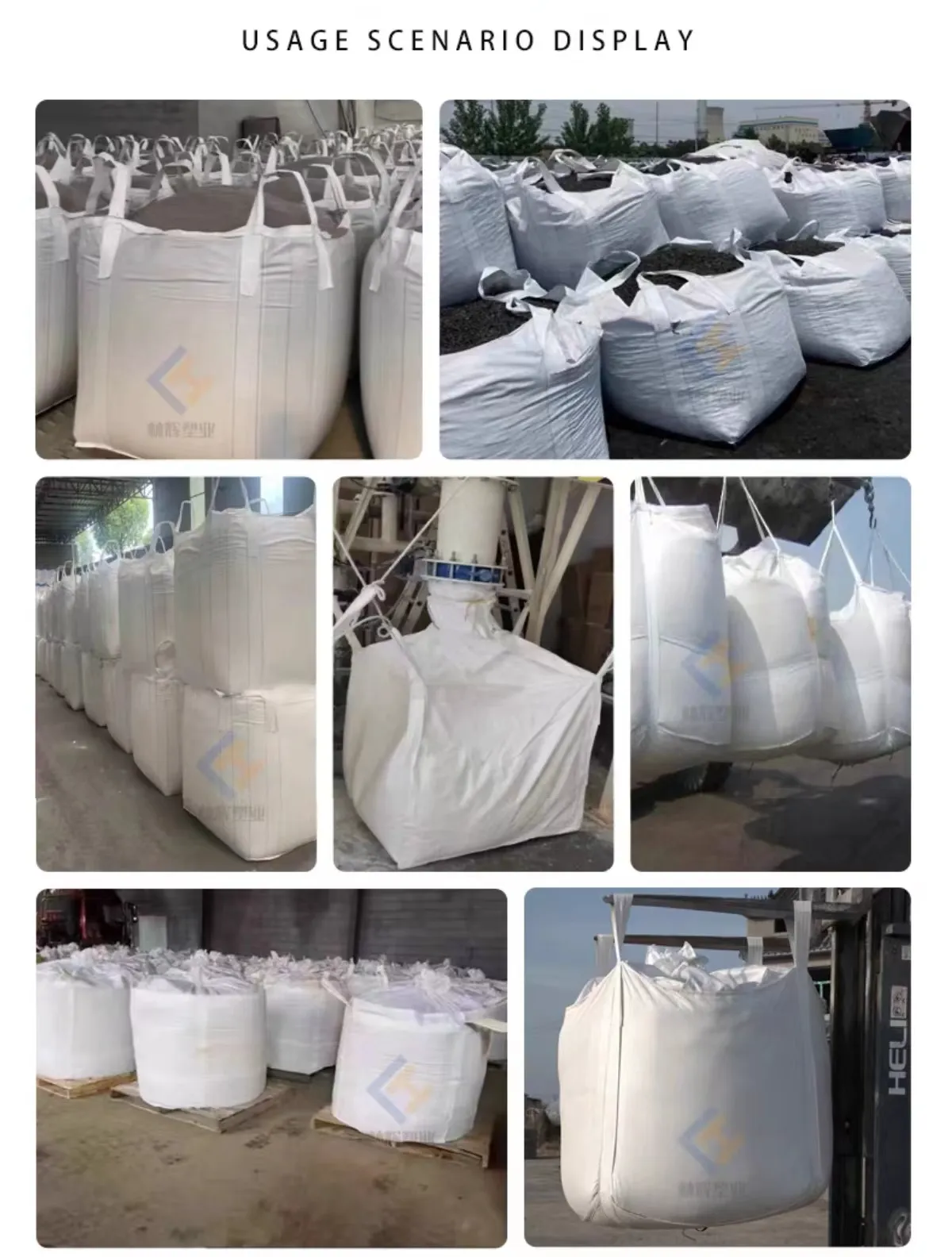-
 Afrikaans
Afrikaans -
 Albanian
Albanian -
 Amharic
Amharic -
 Arabic
Arabic -
 Armenian
Armenian -
 Azerbaijani
Azerbaijani -
 Basque
Basque -
 Belarusian
Belarusian -
 Bengali
Bengali -
 Bosnian
Bosnian -
 Bulgarian
Bulgarian -
 Catalan
Catalan -
 Cebuano
Cebuano -
 China
China -
 Corsican
Corsican -
 Croatian
Croatian -
 Czech
Czech -
 Danish
Danish -
 Dutch
Dutch -
 English
English -
 Esperanto
Esperanto -
 Estonian
Estonian -
 Finnish
Finnish -
 French
French -
 Frisian
Frisian -
 Galician
Galician -
 Georgian
Georgian -
 German
German -
 Greek
Greek -
 Gujarati
Gujarati -
 Haitian Creole
Haitian Creole -
 hausa
hausa -
 hawaiian
hawaiian -
 Hebrew
Hebrew -
 Hindi
Hindi -
 Miao
Miao -
 Hungarian
Hungarian -
 Icelandic
Icelandic -
 igbo
igbo -
 Indonesian
Indonesian -
 irish
irish -
 Italian
Italian -
 Japanese
Japanese -
 Javanese
Javanese -
 Kannada
Kannada -
 kazakh
kazakh -
 Khmer
Khmer -
 Rwandese
Rwandese -
 Korean
Korean -
 Kurdish
Kurdish -
 Kyrgyz
Kyrgyz -
 Lao
Lao -
 Latin
Latin -
 Latvian
Latvian -
 Lithuanian
Lithuanian -
 Luxembourgish
Luxembourgish -
 Macedonian
Macedonian -
 Malgashi
Malgashi -
 Malay
Malay -
 Malayalam
Malayalam -
 Maltese
Maltese -
 Maori
Maori -
 Marathi
Marathi -
 Mongolian
Mongolian -
 Myanmar
Myanmar -
 Nepali
Nepali -
 Norwegian
Norwegian -
 Norwegian
Norwegian -
 Occitan
Occitan -
 Pashto
Pashto -
 Persian
Persian -
 Polish
Polish -
 Portuguese
Portuguese -
 Punjabi
Punjabi -
 Romanian
Romanian -
 Russian
Russian -
 Samoan
Samoan -
 Scottish Gaelic
Scottish Gaelic -
 Serbian
Serbian -
 Sesotho
Sesotho -
 Shona
Shona -
 Sindhi
Sindhi -
 Sinhala
Sinhala -
 Slovak
Slovak -
 Slovenian
Slovenian -
 Somali
Somali -
 Spanish
Spanish -
 Sundanese
Sundanese -
 Swahili
Swahili -
 Swedish
Swedish -
 Tagalog
Tagalog -
 Tajik
Tajik -
 Tamil
Tamil -
 Tatar
Tatar -
 Telugu
Telugu -
 Thai
Thai -
 Turkish
Turkish -
 Turkmen
Turkmen -
 Ukrainian
Ukrainian -
 Urdu
Urdu -
 Uighur
Uighur -
 Uzbek
Uzbek -
 Vietnamese
Vietnamese -
 Welsh
Welsh -
 Bantu
Bantu -
 Yiddish
Yiddish -
 Yoruba
Yoruba -
 Zulu
Zulu
plastic net trellis
The Plastic Net Trellis A Modern Solution for Gardening and Agriculture
In the world of gardening and agriculture, innovative solutions are essential for maximizing space, enhancing productivity, and promoting sustainable practices. One such innovation is the plastic net trellis, a versatile tool that has transformed how we cultivate plants, particularly climbing varieties. This article explores the benefits, applications, and considerations of using plastic net trellis in both personal gardens and commercial farming.
What is a Plastic Net Trellis?
A plastic net trellis is a framework made from durable, weather-resistant plastic mesh, designed to support climbing plants such as tomatoes, cucumbers, and beans. Unlike traditional wooden or metal trellises, plastic net trellises are lightweight, easy to install, and can be cut to size, making them suitable for various gardening settings. Their grid-like structure allows plants to climb naturally while providing ample support for their growth.
Benefits of Using Plastic Net Trellises
1. Durability and Longevity Plastic net trellises are resistant to rust, rot, and corrosion, making them a long-lasting option for outdoor gardening. Unlike wooden trellises, they do not degrade over time, ensuring consistent support for climbing plants through multiple growing seasons.
2. Lightweight and Easy to Handle The lightweight nature of plastic nets allows for easy installation and relocation. Gardeners can quickly set up their trellis systems, and the flexibility of the materials means they can adapt to changing needs without hassle.
3. Space Efficiency Utilizing vertical gardening techniques, plastic net trellises help maximize growing space. By allowing plants to climb upwards rather than spreading out, gardeners can cultivate a greater variety of crops within a confined area, making them ideal for urban gardens and small plots.
plastic net trellis

4. Improved Air Circulation Adequate air circulation is essential for preventing diseases in plants. The open structure of a plastic net trellis promotes airflow, reducing humidity levels around the foliage and helping to keep plants healthy.
5. Cost-Effective Compared to traditional trellising methods, plastic net trellises are often more affordable. Their longevity and minimal maintenance requirements mean fewer replacements and repairs over time, providing an excellent return on investment.
Applications in Gardening and Agriculture
Plastic net trellises can be used in various settings, from home gardens to large-scale agricultural operations. In home gardens, they provide intuitive support for vegetable plots, helping amateur gardeners achieve better yields. In commercial farming, these trellises can be employed in high-density planting systems, optimally utilizing greenhouse space and increasing production efficiency.
Considerations
While plastic net trellises offer numerous advantages, gardeners should consider their local climate and the types of plants they intend to grow. Some climbers may require more robust support, and it's crucial to choose a trellis design that accommodates their growth habits. Additionally, being made of plastic, these trellises should be disposed of responsibly to minimize environmental impact.
Conclusion
The plastic net trellis is a modern solution that enhances gardening and agricultural practices. With their durability, ease of use, and ability to maximize space, these trellises have become a staple for gardeners and farmers alike. By investing in a plastic net trellis, one can increase productivity while fostering an environmentally friendly approach to cultivation.
-
Shipping Plastic Bags for Every NeedNewsJul.24,2025
-
Safety Netting: Your Shield in ConstructionNewsJul.24,2025
-
Plastic Mesh Netting for Everyday UseNewsJul.24,2025
-
Nylon Netting for Every UseNewsJul.24,2025
-
Mesh Breeder Box for Fish TanksNewsJul.24,2025
-
Expanded Steel Mesh Offers Durable VersatilityNewsJul.24,2025











